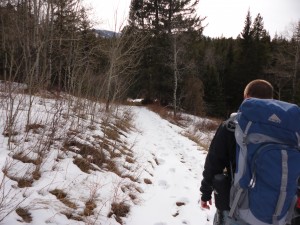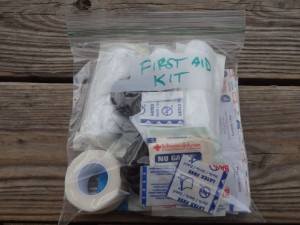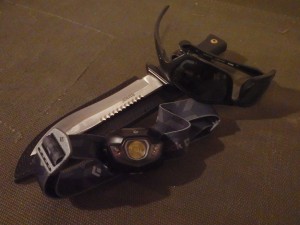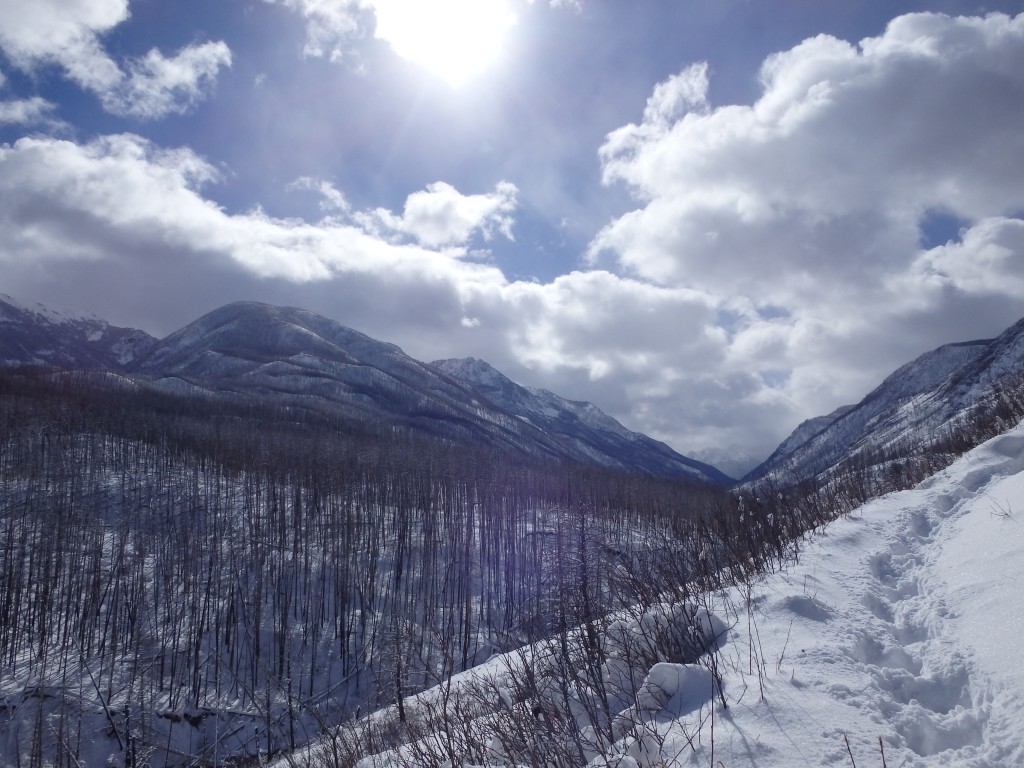Winter Hiking- Gear for the Weather
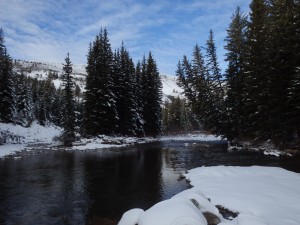 I have always loved winter hiking. Nothing beats the feeling of snow under your boot, and knowing that you probably won’t see another person all day long. These once busy mountains are now devoid of any sign of human influence, and the scenery this time of year is absolutely amazing. Hiking in this alpine paradise has one major drawback- the unpredictable and deadly weather. If you want to enjoy the beautiful winter views in relative safety, you need to plan your hike ahead of time- and that plan will include extra gear.
I have always loved winter hiking. Nothing beats the feeling of snow under your boot, and knowing that you probably won’t see another person all day long. These once busy mountains are now devoid of any sign of human influence, and the scenery this time of year is absolutely amazing. Hiking in this alpine paradise has one major drawback- the unpredictable and deadly weather. If you want to enjoy the beautiful winter views in relative safety, you need to plan your hike ahead of time- and that plan will include extra gear.
I’ll admit that packing extra gear is something that few enjoy. However, if you’re planning on hiking down a remote mountain trail in the winter, you will need to bring extra gear. This gear could mean the difference (if you’ll excuse the cliché) between life or death. In addition to your normal day hiking gear, you’ll want to bring some extra supplies and equipment, should the weather change. The weather might be 40 degrees and sunny now, but blizzard conditions can happen at any time in the mountains. With this added weight, it is crucial to wear a good backpack.
Your backpack is one of the most important pieces of equipment, and you really should take your time picking out a quality backpack. If you’re planning on hiking at least a few times in the winter, pick a day pack that is large and waterproof. Besides obviously carrying all of your gear, your backpack has another very important task- to keep your gear dry. If you don’t have a waterproof day pack, a liberal application of silicone spray on a water resistant day pack can boost its potential for keeping water out. Your backpack should also have an internal frame, to evenly distribute the extra weight you will be carrying.
The clothing that you wear should be lightweight, unless the weather is forecasted below 20 degrees. Remember that while it’s definitely cold out, you’ll be exercising most of the time. Hiking in the winter burns many more calories than hiking in the summer, so your body will be generating more heat than it would if you were standing still. If your clothing is too heavy, you’ll be too hot, and you’ll sweat more. Sweating is dangerous in the mountains this time of year because with colder temperatures, it doesn’t evaporate as quickly. Sweat builds in your clothes, and before you know it, it has completely soaked your clothing- enough to welcome hypothermia. For your clothing, you need to keep this fact in mind: wet clothes can kill.
I like to wear a pair of pants, a lightweight long sleeved thermal shirt, warm socks, winter boots, and a short sleeved shirt. My jacket is lightweight usually- a waterproof hoodie is usually all that I’ll wear. My boots are either waterproof hunting boots, or a pair of water proof hiking boots if the snow is less than a few inches deep on the trail. Your tastes may vary, but I’ve found that’s what works well for me. Inside your backpack needs to be a waterproof jacket of some sort, in case it rains or snows. I can’t emphasize how important this clothing is- the weather can turn at any time in the mountains. Wind storms can also blow wet snow from tree tops, and soak your clothing- you need a quality rainproof jacket to prevent hypothermia in these conditions. Because conditions can change quickly in the mountains, you’ll also want to review your first aid kit.
Your first aid kit is an absolute necessity, and isn’t hard at all to winterize- only a few extra items are needed. Accidents are more likely this time of year on the trail, so plan your first aid kit accordingly. One of the nice things about adding to your kit in the winter is that most of the supplies are dual purpose- most of the supplies are flammable. Extra gauze, alcohol pads, and bandages are all great tinder, and should be added to your existing kit. A high energy snack bar in your first aid kit is an excellent item to add also, since your body is burning more energy per mile than in the summer.
On the topic of your body burning more calories per mile, you will need to bring more snacks than what you would normally bring on a summer hike. Concentrate on snacks that are high in both sugar and carbohydrates- your body will need the extra energy. An extra granola bar or two will help out tremendously on the trail if you run into bad weather, or if you decide to hike further than planned.
Other than these essentials, you will also want to pack a few small items. A good quality headlamp or flashlight is important- the daylight hours are shorter in these winter hikes, which could leave you stranded on a pitch black trail. A pair of polarized sunglasses, and a good knife are also needed. Your knife should be sturdy, and have a saw tooth portion. I prefer a fixed blade knife for this reason, but there are good quality folding knives out there as well. Your GPS/compass is also a must have in the winter- the terrain that you’re used to seeing in the summer may look completely different in the winter.
Depending on the time of year, you may still need to bring bear spray. Grizzly bears can wake up early in February, and wait until late November to den. Don’t assume that just because it’s snowing, that bears aren’t still active. Make sure that your bear spray is easily accessible also- you don’t want to fumble with clothing when you need to use it.
From there, just bring your other gear that you normally would carry on a day hike. For some suggestions on what basic gear to bring, see this article: Day Hiking Gear. No matter what gear you decide to take with you on your hike, be safe and enjoy the beautiful scenery.
